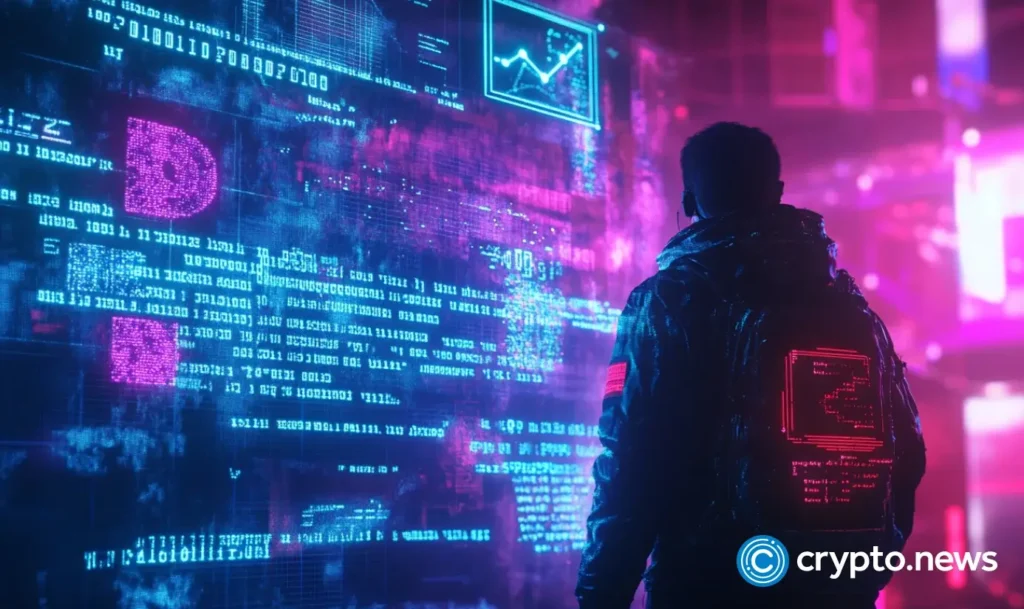BRC20 has folded Ethereum’s execution engine into Bitcoin’s token standard via an upgrade at block 912,690, enabling a future where tokens are truly programmable.
- BRC2.0 upgrade integrates Ethereum’s virtual machine into Bitcoin’s BRC20 token protocol at block 912,690.
- The move enables programmable tokens and smart contract functionality on Bitcoin, with early support from UniSat Wallet.
On Sept. 1, Ordinals developer Best in Slot announced it had successfully executed the BRC2.0 upgrade in collaboration with the standard’s pseudonymous creator, Domo.
The integration, which went live at Bitcoin block 912,690, embeds the logic of the Ethereum Virtual Machine directly into the protocol’s indexers, the offchain systems that interpret and enforce the rules of the BRC20 standard. The upgrade transforms these once-simple ledgers into sophisticated, Turing-complete execution environments.
Why BRC2.0 matters for Bitcoin’s evolution
BRC20, like other Bitcoin meta-protocols, does not operate onchain in the way many assume. Instead, it relies on indexers, which Best in Slot CEO Eril Binari Ezerel likened to “simple calculators.”
The BRC2.0 upgrade replaces that calculator with a full-fledged computer by integrating a custom-built Ethereum Virtual Machine execution engine. This allows the indexer to process and execute complex, Turing-complete smart contract code inscribed onto the Bitcoin blockchain, moving far beyond simple balance calculations.
By choosing the EVM, the developers are leveraging the most widely adopted smart contract environment in the world. In the long run, it allows Bitcoin token developers immediate access to an existing arsenal of tools, open-source libraries, and a vast pool of developers already fluent in Solidity.
Additionally, it bypasses the need to build an entirely new developer ecosystem from scratch, aiming to rapidly accelerate the development of advanced decentralized applications such as lending protocols and decentralized exchanges directly on Bitcoin.
“The holy grail is combining the two gold standards: Bitcoin as the most decentralized and secure network, and the EVM as the most proven virtual machine,” Domo said. “The aim is to give users the Ethereum experience of composability and programmability, but secured by Bitcoin.”
Adoption of this new standard is already underway, a key signal of its potential viability. UniSat, a major Bitcoin wallet and service provider, has already integrated support for BRC2.0 into its extension wallet.
This early integration allows users to manage, transfer, and store these new programmable assets, providing the essential infrastructure needed for user interaction and demonstrating significant ecosystem buy-in from a key player. The open-source nature of the execution engine is designed to encourage other indexers to follow suit, preventing fragmentation.



